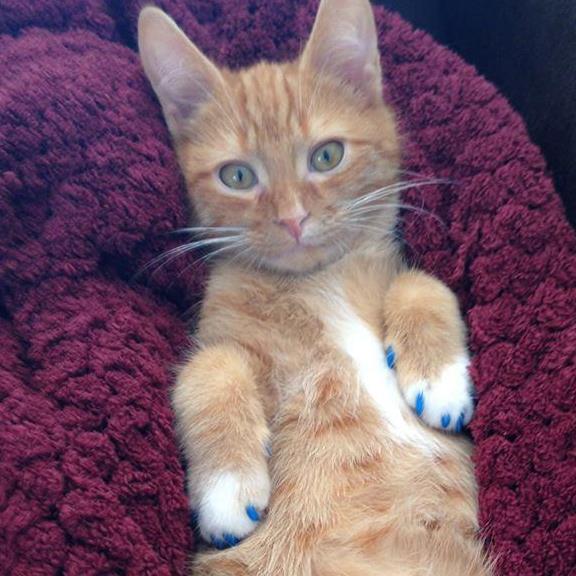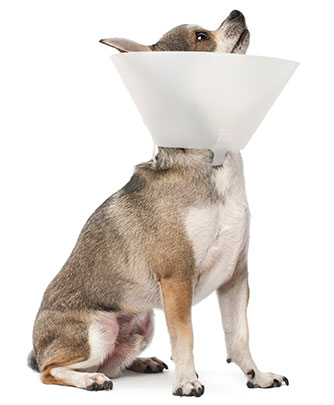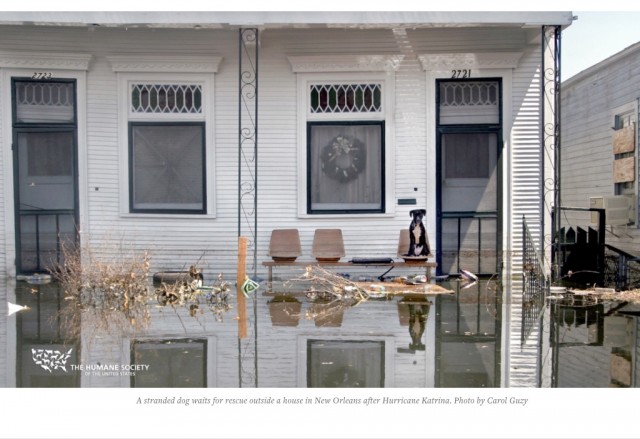
At the Clinique vétérinaire des petits animaux de l’Estrie, we do not declaw cats. This has been our policy from the very start of the clinic, back in 2002.
Calling the procedure a declaw is actually a misnomer, since it involves the outright amputation of the last phalanx (one of the three bones in both cat and human digits) of each finger. This is because the claw, like the human fingernail, grows on top of the bone and to prevent re-growth, the entire phalanx must be removed.
Our domestic cats are most often housebound and it can sometimes be a challenge to keep our floors, walls, carpets, and furniture looking acceptable. Cats have fur, claws, a digestive system and a urinary tract. All of these biological facts lead to different kinds of inconvenience and mess! We provide them with litter boxes and clean them regularly. We use vacuum cleaners, swiffers and various other means to deal with shedding. As for claws, there are several simple solutions to prevent damage to carpets and furniture, as well as to human skin.
The first one is claw-trimming (scroll down on our links page to the relevant video), a simple procedure that needs to be done about as often as you would trim your own fingernails. Soft Paws (see the photo of the cat with blue claws above) are another practical solution: these are caps that are glued over the claw to prevent scratching. Also, providing your cat with a scratching post or area to exercise her toes will keep her from using the furniture. Note that cats do not “sharpen” their claws on these surfaces, rather this typical behaviour is more like normal exercise, and may even be a form of kitty yoga. It keeps the paws in shape for hunting and other feline activities such as running and climbing.
In many countries around the world (22 at last count), declawing is banned or severely restricted. In the United States, a few jurisdictions have outlawed the procedure, and the state of New York is seriously considering making it illegal. In Canada, it is still accepted, but many individual veterinarians are increasingly expressing their opposition to the procedure.
For more information on alternatives to declawing, check out these links:
The Paw Project (in English)
Educhateur (en français)


